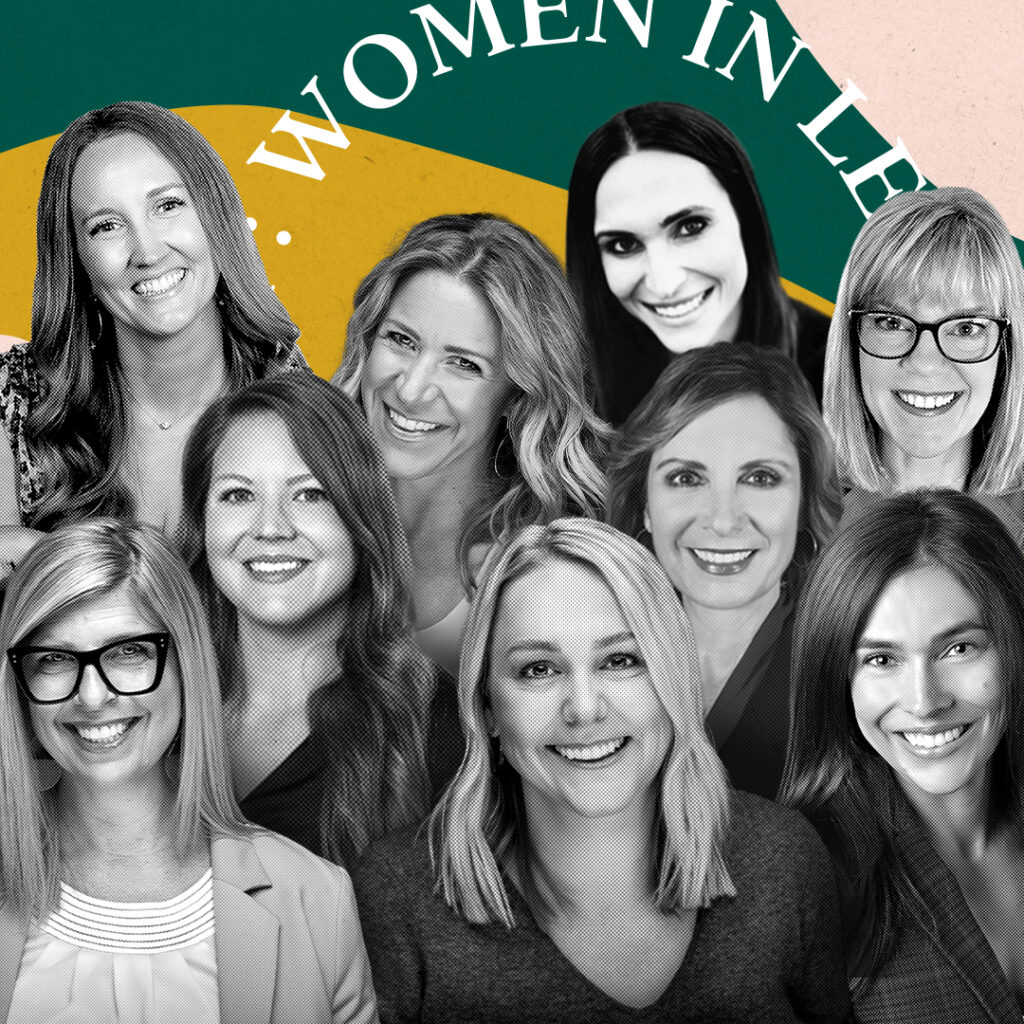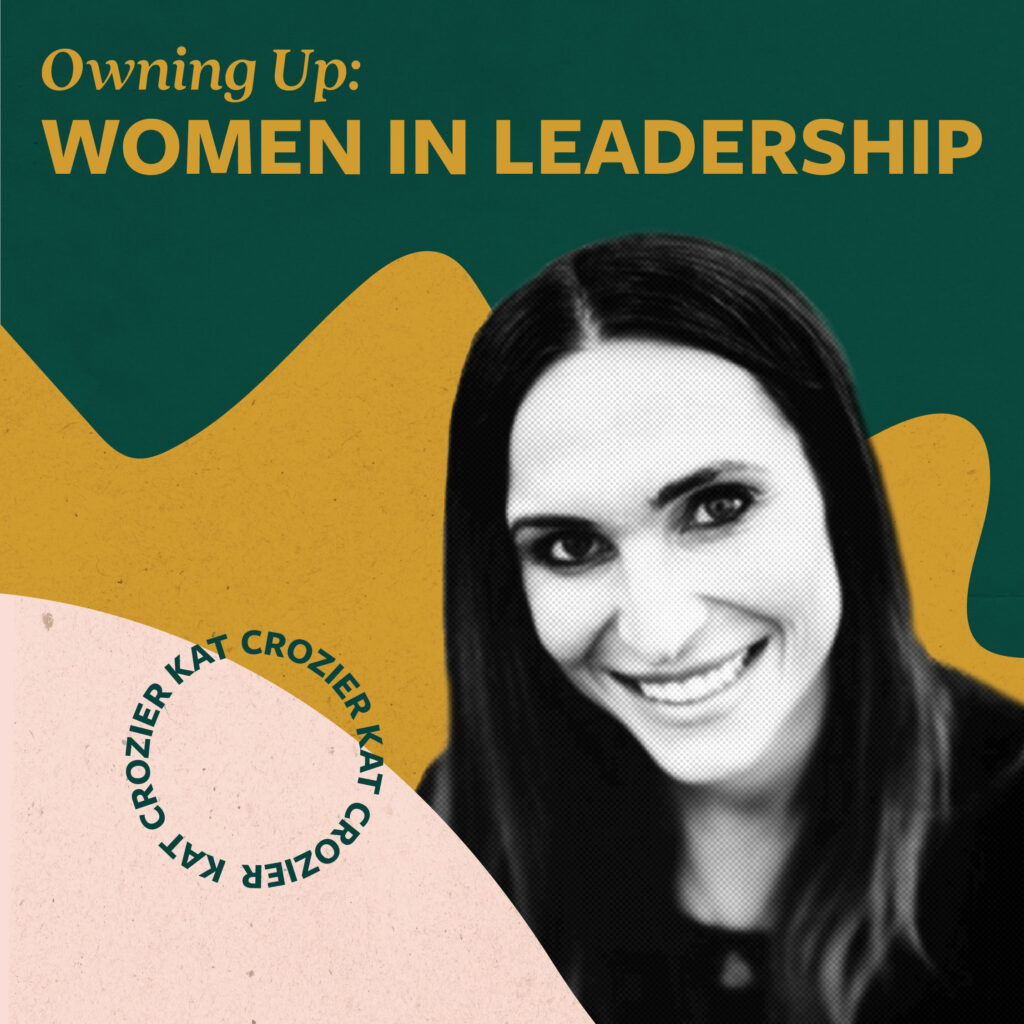Owning Up: Women in Leadership Series
In this installment of our “Owning Up: Women in Leadership” series, we have the pleasure of speaking with Valley Regional Transit CEO Elaine Clegg. She shares her experiences on gender equity in the field, her unconventional career path, and her advice for aspiring women leaders. Please join us in congratulating Elaine on her nomination to the Amtrak board of directors by President Biden. Read more here.
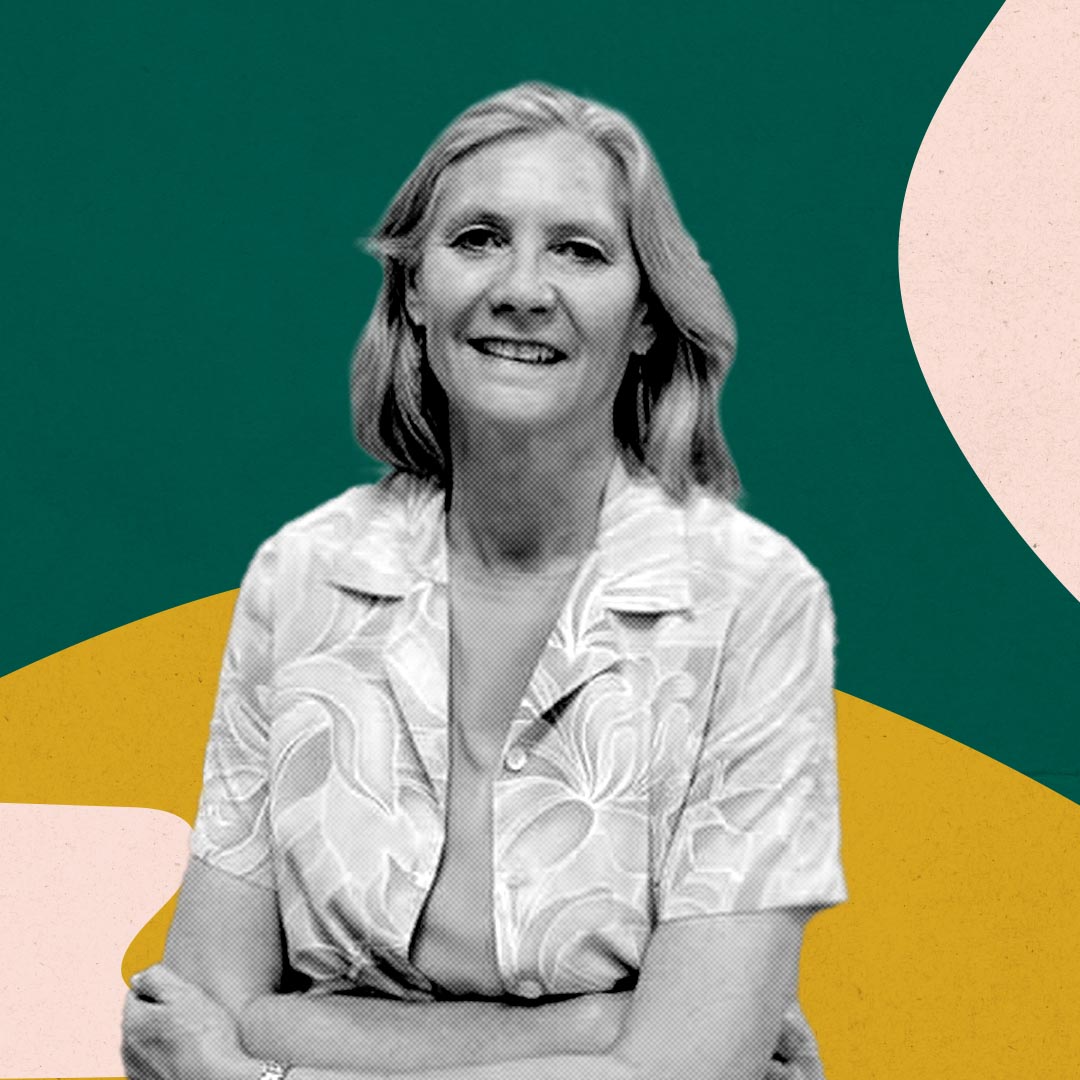
Valley Regional Transit (VRT) CEO Elaine Clegg has been working in the transportation sector and as a public servant for more than 25 years. She’s served on the Boise City Council, the VRT Board and Executive Board, numerous advisory committees and councils, and as a program leader at Idaho Smart Growth.
Q: Can you tell me about the transit industry in terms of gender equity? Do you often find yourself one of the few women in the room?
Elaine: When I first started in the industry, it was common to be one of the few women in the room. But things are changing rapidly. At a recent American Public Transportation Association CEO seminar, I was delighted to learn that women now make up nearly half of the CEOs in the industry. It’s an exciting development and shows just how far we’ve come. Women are drawn to transit because it focuses on improving lives and creating a better world. Although there’s still work to be done in the hard infrastructure side of transportation, it’s heartening to see the progress we’ve made.

Q: Tell us about your career path and what you wanted to be when you grew up.
Elaine: My career path has been quite dynamic and diverse. Initially, I studied visual arts and later spent around 15 years running my own small graphic design company. I primarily worked with local businesses, creating newspaper advertising and newsletters, and even worked with Payless drug stores in the Idaho district on a full-page ad campaign.
Working in graphic design allowed me to be a pioneer in using digital methods for advertising and design. While others were still doing traditional physical line art, I was scanning it and using it digitally. It was an innovative approach for the time.
As I balanced my professional life, I was also raising my five children, which led me to take on several leadership roles within the community. I was actively involved in the PTA and was a Girl Scout leader, as well as coaching many of my children’s sports teams.
My passion for advocacy led me to serve as president of the Idaho Association for Gifted Educators. In this role, I worked on initiatives with the legislature to change state laws and secure funding for high-ability students.
As growth continued in the Treasure Valley, I became involved in local initiatives such as the neighborhood association to save Hulls Gulch. I also managed a campaign for a City Council candidate and was invited to participate in a growth management summit, which resulted in the formation of Idaho Smart Growth, where I was one of the two initial staff members.
Returning to school after my youngest child reached school age herself, I finished my degree and started working with Idaho Smart Growth, focusing on helping communities manage growth. My career has allowed me to serve on various boards for the city and professional organizations across the country, specializing in growth issues. Then I ran for City Council myself where I served for nearly 20 years where I served on several regional boards including at Valley Regional Transit. I honed my leadership skills to build collaborative initiatives with the mayor and my fellow city council members.
This journey led me to my current position, my first executive role. My career arc is quite familiar for women my age, balancing family and professional responsibilities. My daughters face different paths — one has been out of the workforce for 10 years and is now looking to re-enter. It’s important to recognize that women often face these kinds of career pauses and the challenge of re-entering the workforce more than men.
Q: Would you say that leadership was always a goal of yours? Or did you find yourself in these spaces?
Elaine: Leadership wasn’t always my primary goal, but I found myself stepping into these spaces when I identified issues that needed solving. People who take on leadership roles are often those who step up to address problems and make things happen. In my case, I saw opportunities to make a difference and took them.
Q: What traits do you find are important in a leader?
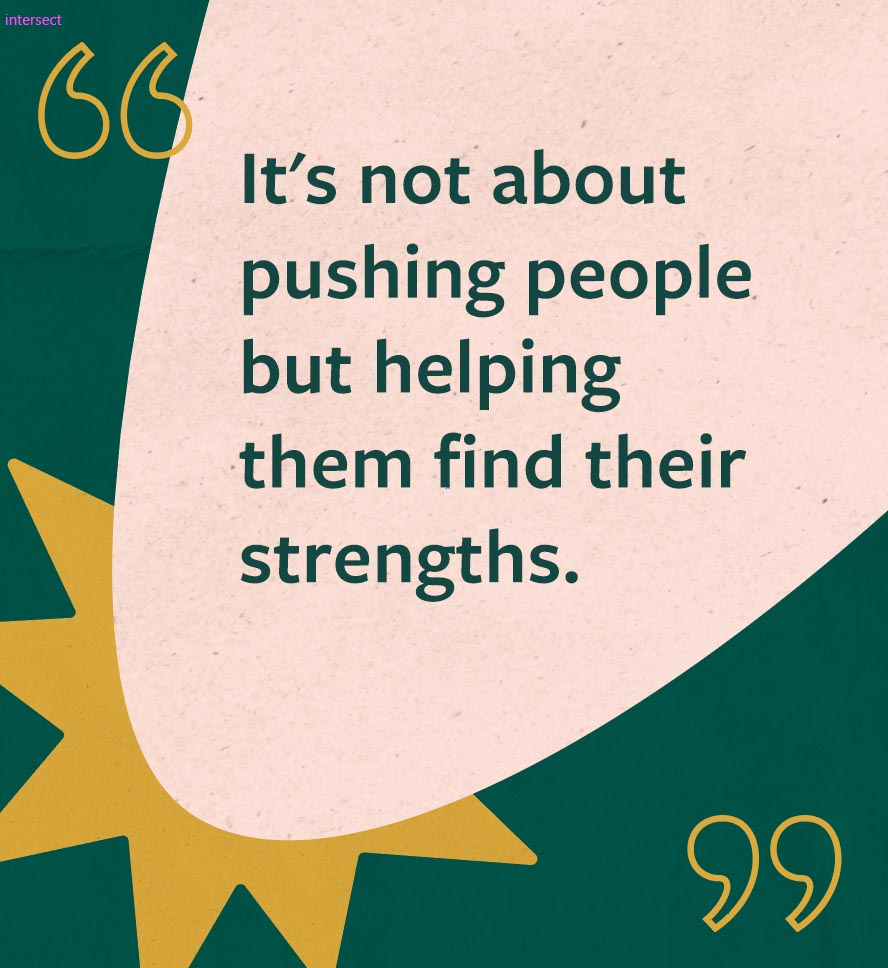
Elaine: For me, teamwork is crucial, and I learned this through my involvement in high-level sports, particularly playing basketball at Boise State. Understanding how to build good teams and teamwork was essential, as well as identifying the roles of team members, including the leader.
A leader should facilitate others to contribute at their best level, providing support and resources to help them succeed. It’s not about pushing people but helping them find their strengths. Another key trait is open communication — being honest and transparent, ensuring everyone understands decisions and the reasons behind them.
Q: Why do women make good leaders?
Elaine: Women bring valuable qualities to leadership, including strong communication and teamwork skills. These traits often come naturally or are culturally reinforced, helping them excel in leadership roles. Women are often more open and transparent in their approach, making them effective communicators.
The ability to collaborate and work together toward common goals is a strength many women possess, making them good leaders. Additionally, women tend to be better at recognizing and nurturing potential in others, fostering a positive and productive environment.
Q: Do you think these learned traits are a positive or a disservice?
Elaine: I believe it’s a positive development. Historically, leaders who lead through fear and punishment haven’t contributed to a world where people feel comfortable and safe. Women’s leadership styles — which focus on collaboration, communication, and support — creates a more harmonious and productive environment.
Balancing different leadership styles, including those traditionally associated with women, leads to better outcomes and a more balanced world. This doesn’t mean men’s leadership styles are negative, but the integration of women’s perspectives and approaches can bring positive change.
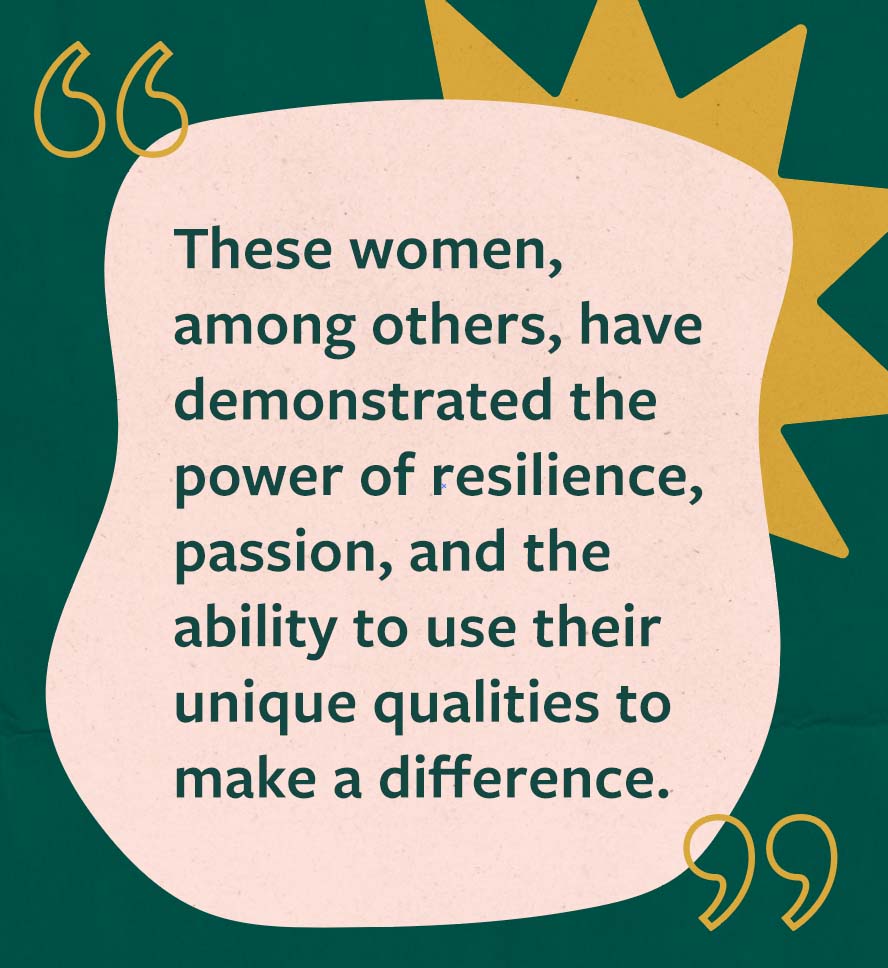
Q: Are there female leaders out there that inspire you?
Elaine: Yes, I’ve been inspired by many female leaders throughout my life. For example, my college basketball coach was an accidental leader who took initiative when she saw women at Boise State weren’t given equal opportunities in sports. She started a college athletics program for women with limited resources and persevered to make it successful. Rather than saying “that’s not enough,” she made the most of what she was given to get the program started and built a successful team.
Another inspiring leader was a friend who ran for City Council and made significant progress on local initiatives. I’ve also admired historical figures like Gracie Bowers Pfost, the first woman to represent Idaho in the United States Congress, despite facing challenges in her time.
These women, among others, have demonstrated the power of resilience, passion, and the ability to use their unique qualities to make a difference. They show that leadership can come from unexpected places and often starts with a desire to improve the world around us.
Q: What advice would you give to anyone, especially a woman, interested in pursuing leadership?
Elaine: My advice is to find what you’re truly passionate about and pursue it. Your passions may evolve over time, but focusing on what you care about will help you become a more effective leader.
Don’t be afraid to speak up and advocate for yourself. Women often wait for opportunities or promotions, but it’s important to take initiative and express your desires and ambitions. Stand up for fair treatment, whether it’s related to pay or advancement.
Remember that your unique experiences and perspectives bring value to any leadership role. Embrace your strengths and be confident in your abilities. By doing so, you can carve your own path and contribute positively to the world.


